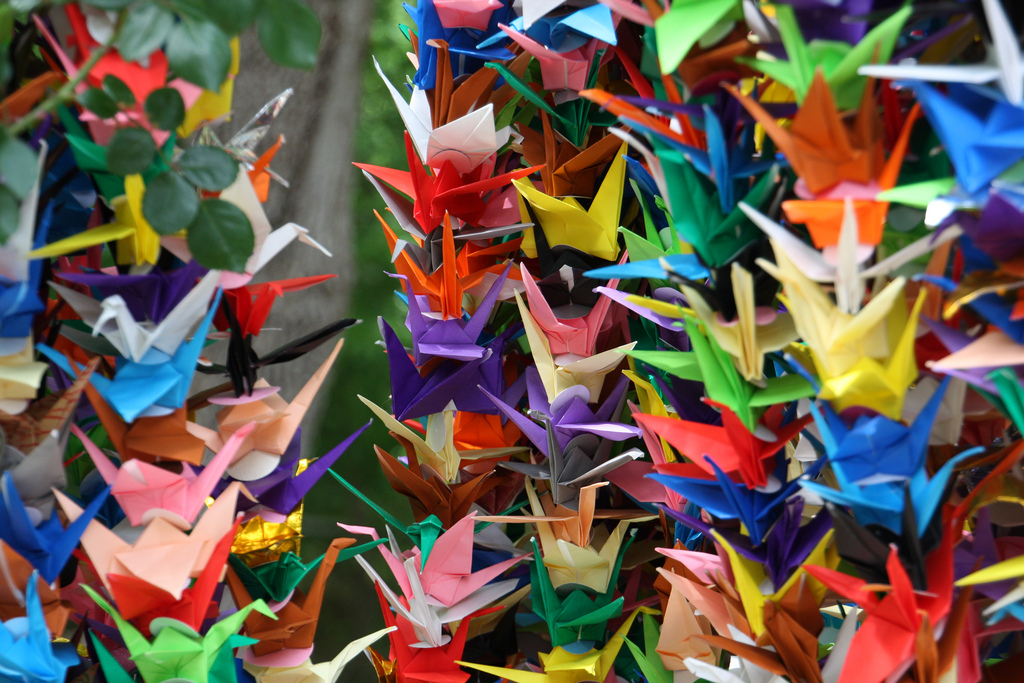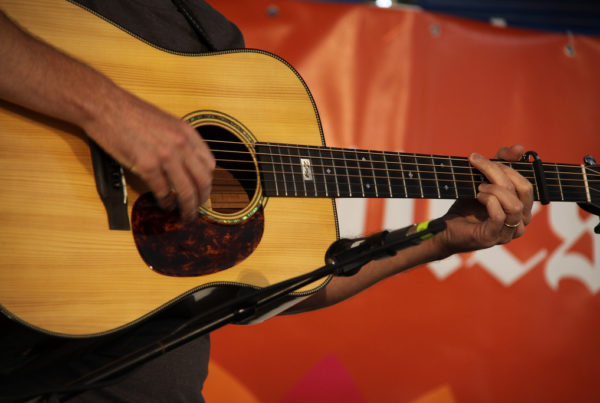We have a segment here on Texas Standard called “The Whole Truth” – it features stories that can seem so intimate, it’s as if listeners are eavesdropping on a person’s private life. Often, these are stories they’ve never told before; maybe they feel the topic is too sensitive to reveal to others, or too scandalous. But these confessionals can also be liberating. We invited any listener to share their “whole truth” with us, and promise never to reveal a storyteller’s identity.
This storyteller was waiting for the library to open one day and found a piece of paper on the ground. It described the art of origami cranes and how they are a “universal symbol of peace, hope and good luck.” There was also a legend mentioned on the paper that anyone who makes a wish and then folds 1,000 origami cranes, that wish will come true.
The storyteller says from about the age of 10, they’ve carried around a kind of emotional pain they call “the hurt” – an internal “nemesis” of sorts. The legend of 1,000 cranes gave them hope that they could actually do something about it.
So, the storyteller folded the first crane, wrote the number “1” on it, then wrote on its wings, “I wish the hurt would stop.”
A Japanese girl from the 1940s named Sadako Sasaki inspired the storyteller during this hopeful journey. Sasaki became known for her own 1,000-crane project. She was 2 years old when the U.S. dropped an atomic bomb on her town, Hiroshima. Sasaki survived but later developed Leukemia and was hospitalized. Sasaki heard about the legend and folded cranes to pass the time. According to some accounts, Sasaki only folded 644 cranes before she died. Others say she far surpassed 1,000.
“In any case, when I got to my own number 644, I did a small tribute to her; there’s a quote [I wrote] that’s attributed to her: ‘I will write peace on your wings and you will fly all over the world,'” the storyteller says.
The storyteller finished folding 1,000 cranes in about three weeks, but “the hurt” didn’t exactly disappear. What they did learn was that maybe they can learn to cope with it.
“Let’s face it: Rome was not built in a day,” the storytller says. “I suspect what I’m going to end up having to do is instead of waiting for the storm to clear, learn to dance in the rain.”
Written by Caroline Covington.
















